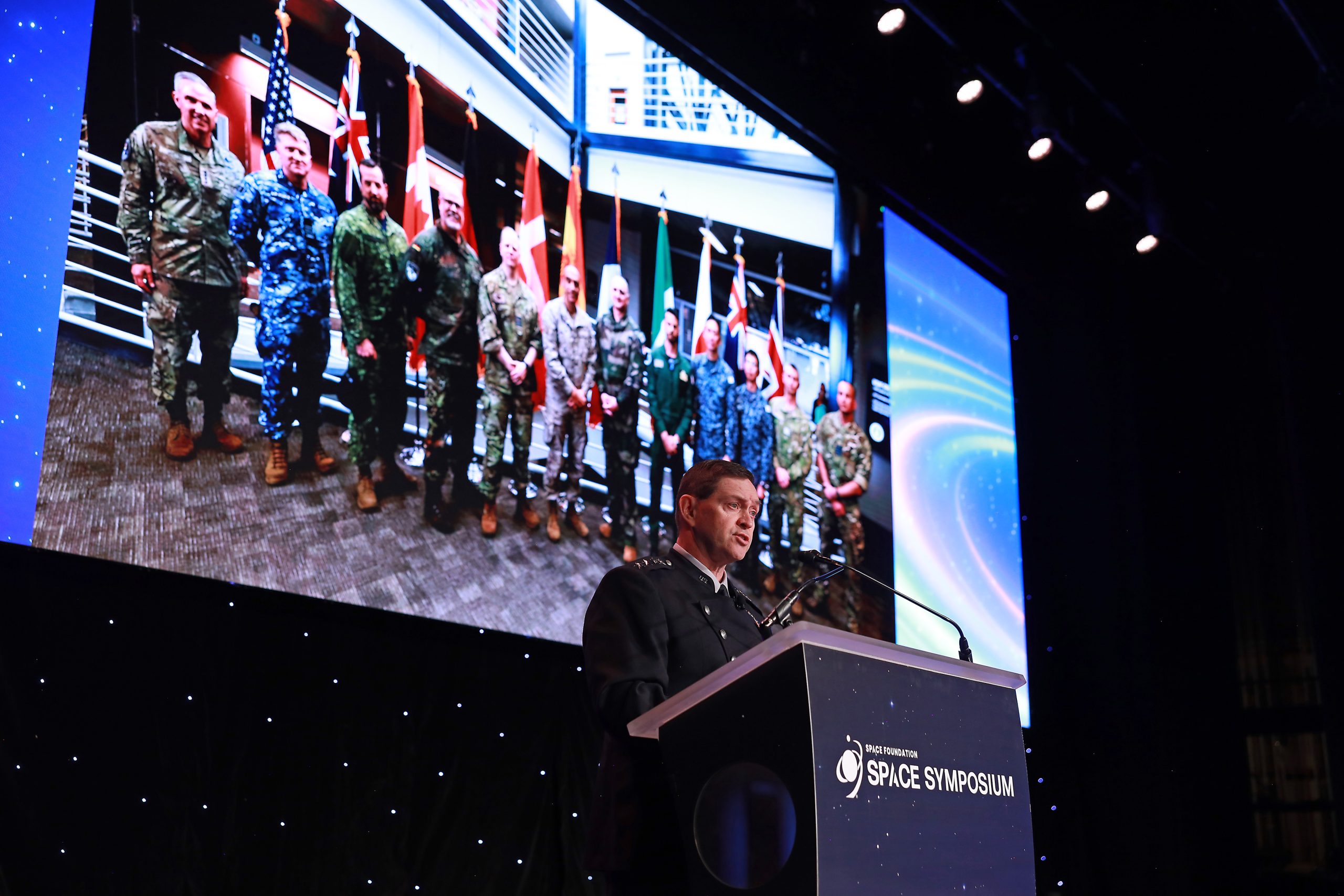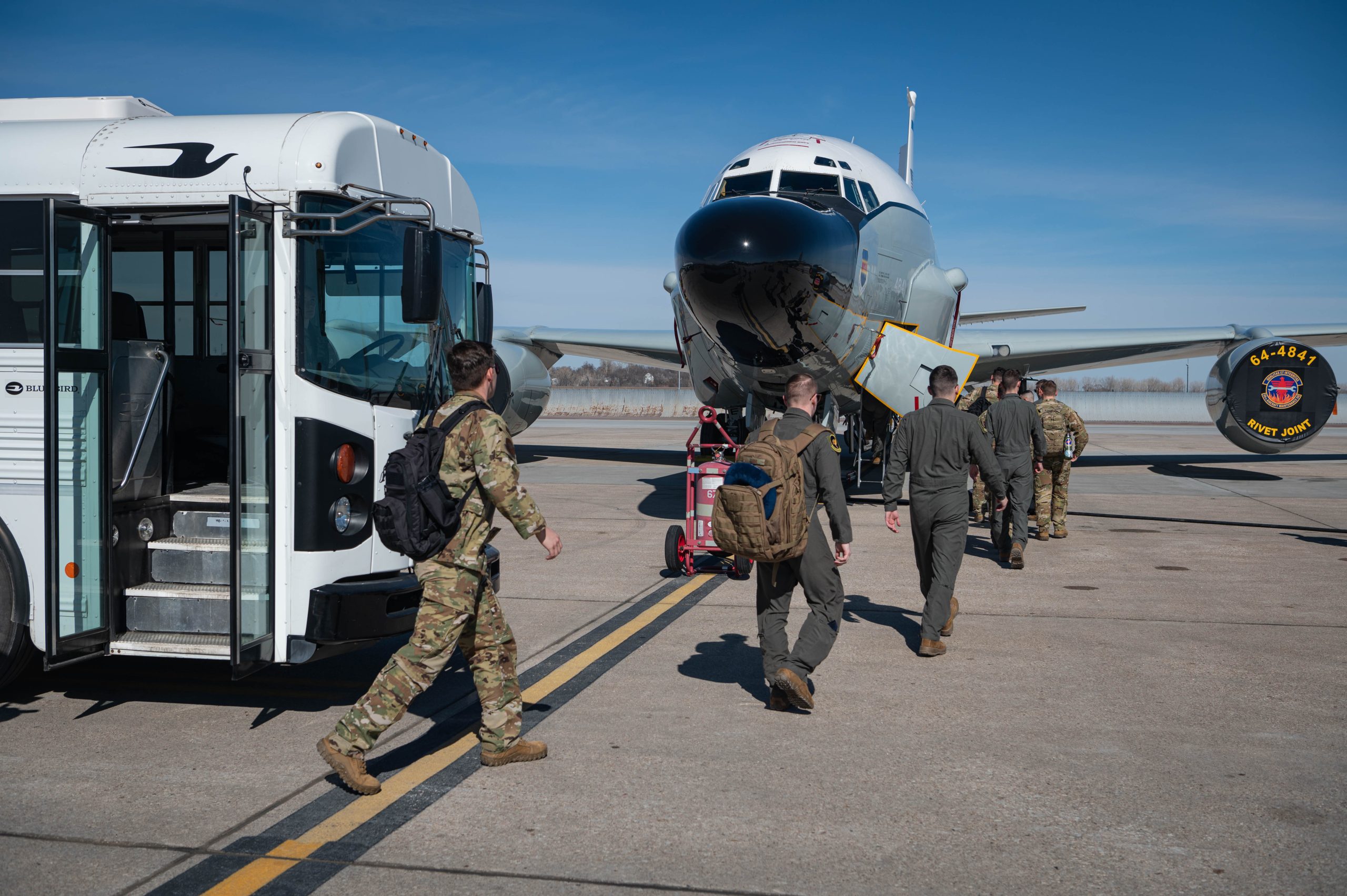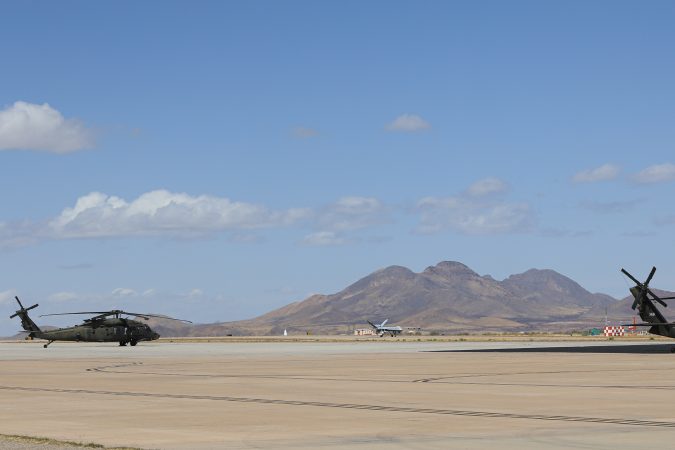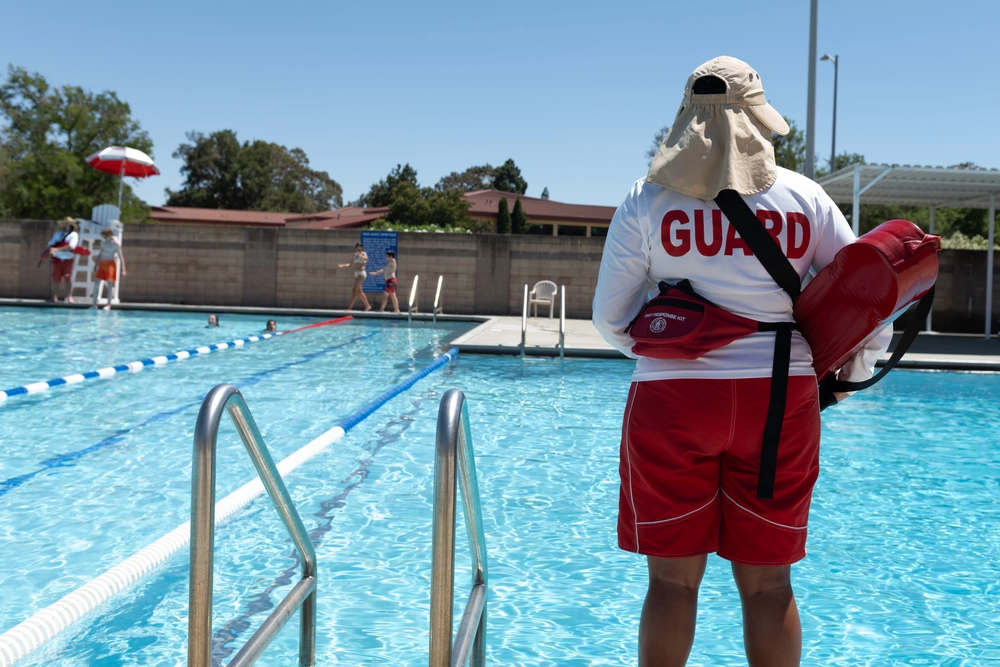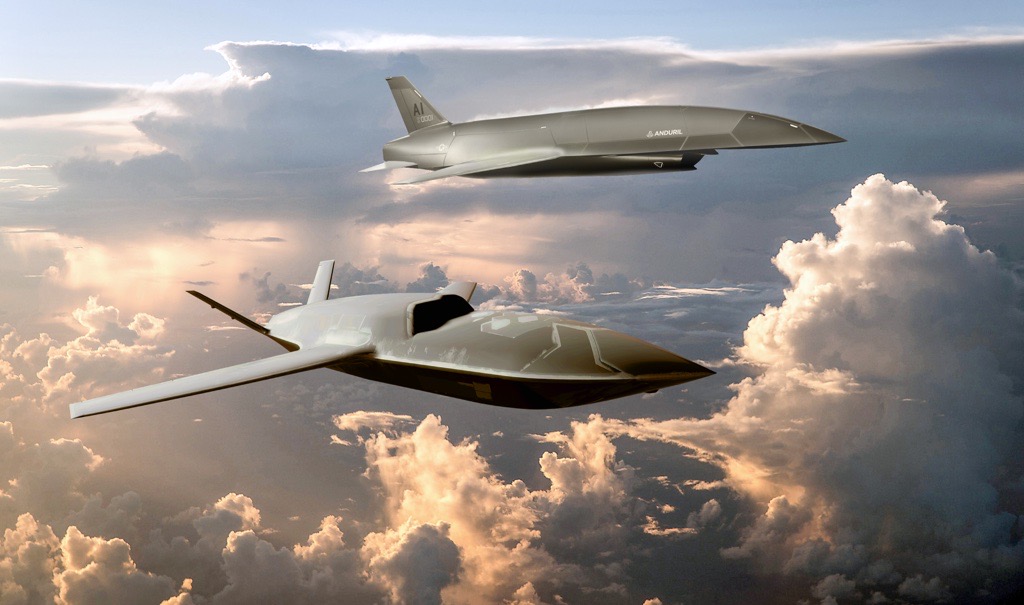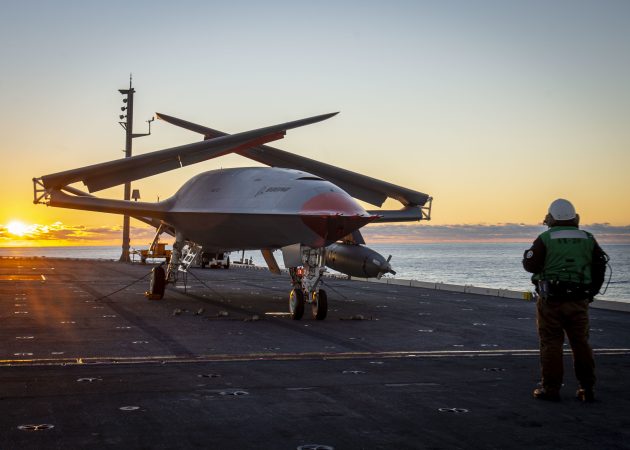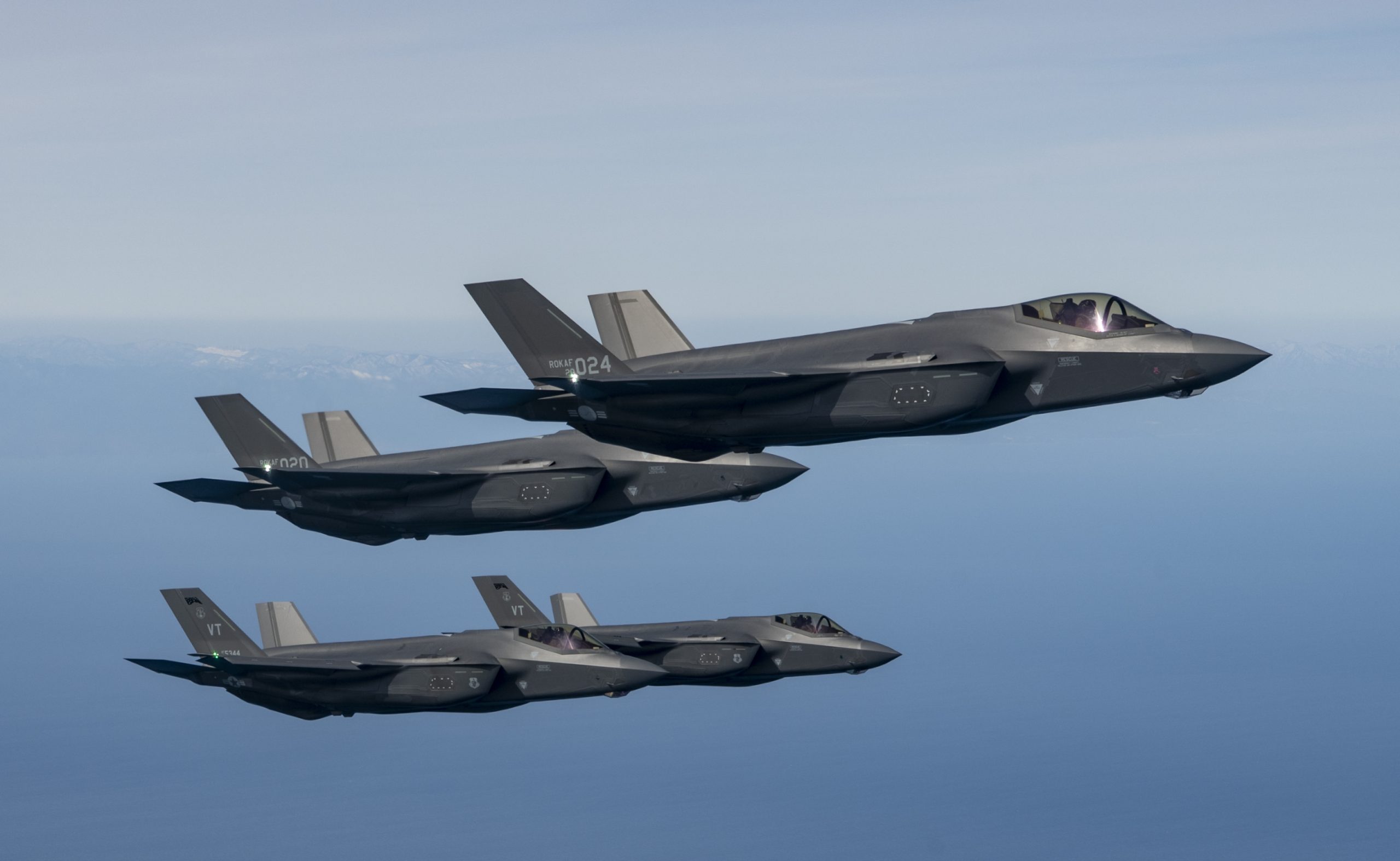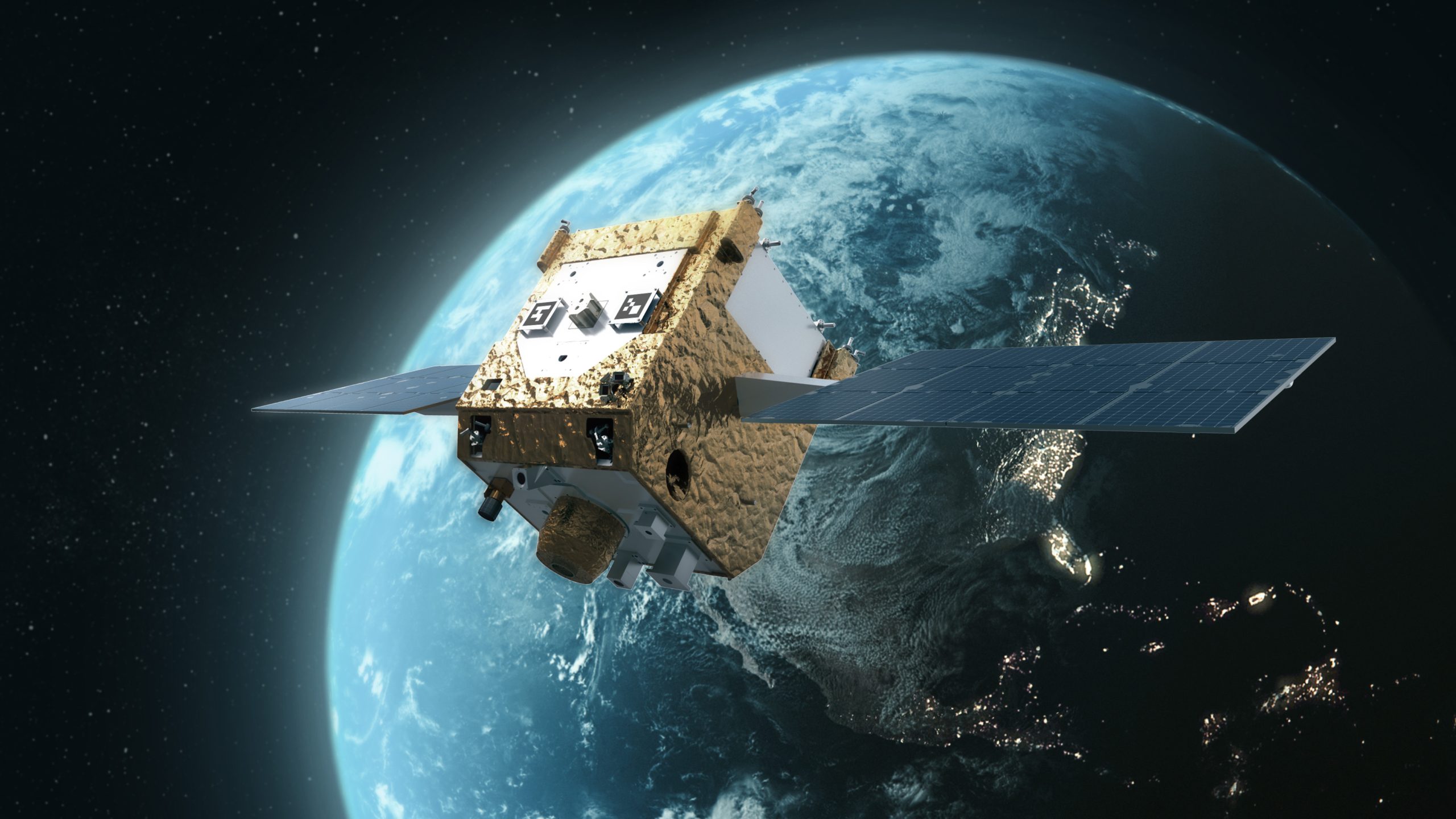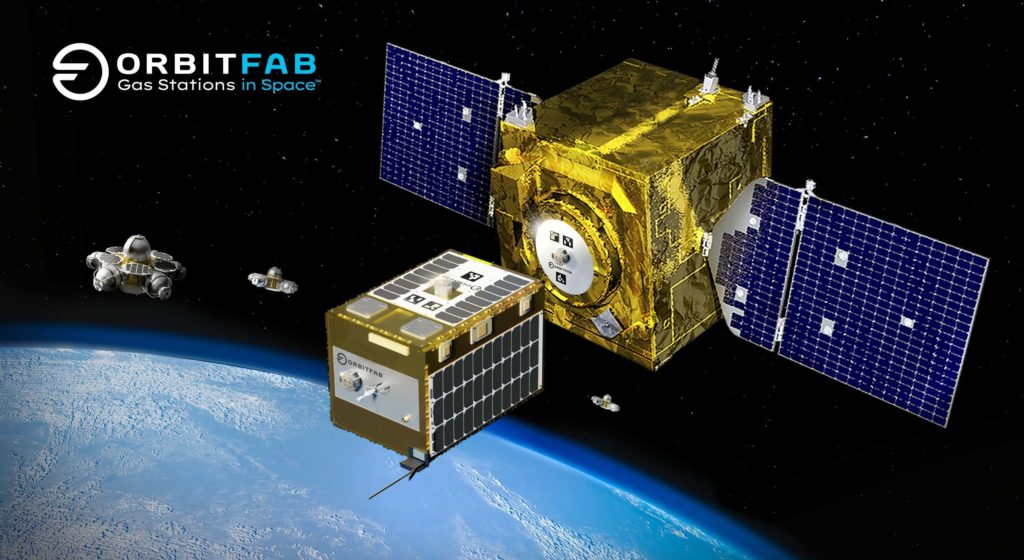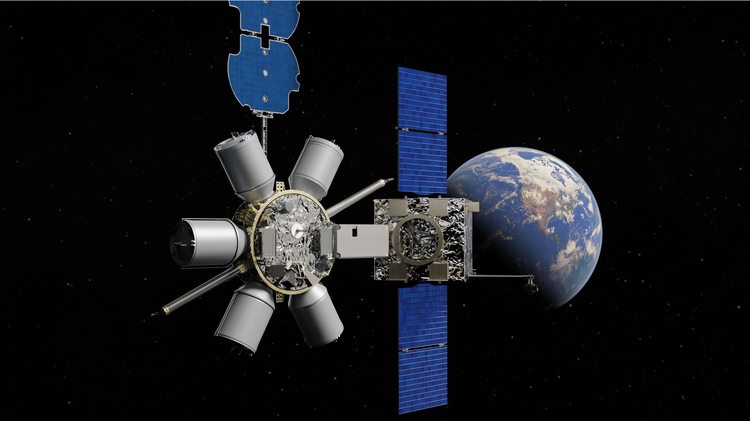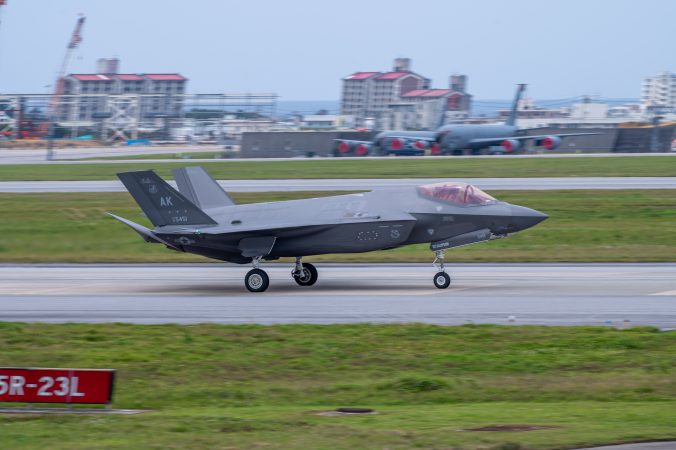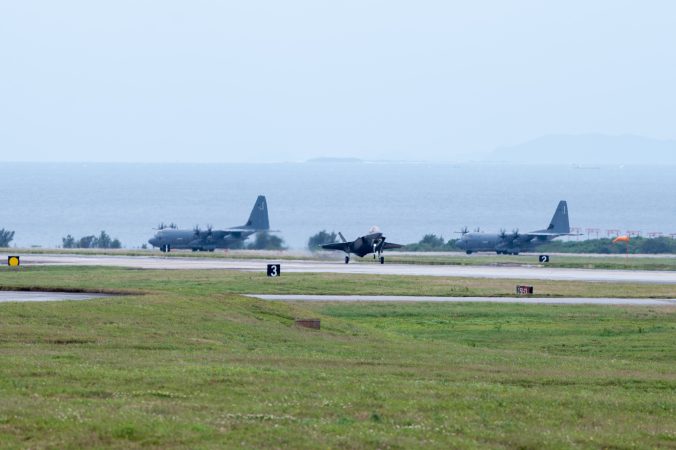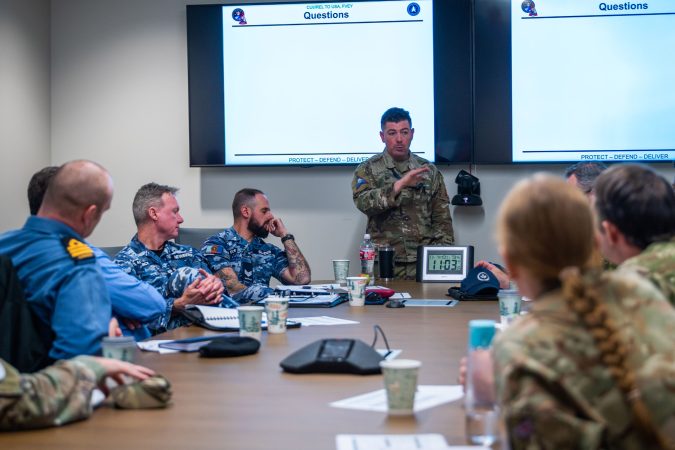COLORADO SPRINGS, Colo.—The Space Force is looking at common standards, interoperable systems, robust data sharing, bigger exercises, and more with allies as part of its soon-to-be-released International Partnerships Strategy, service leaders said April 8 at the Space Symposium, pledging that it “touches every single part” of the USSF.
“In essence, our partnership strategy specifies the infrastructure for transforming policy into action, ensuring a unified, resilient approach to international space security,” Chief of Space Operations Gen. B. Chance Saltzman said in a keynote address to an audience that included scores of international officers.
Saltzman later told reporters that the strong international presence at the event made it a natural venue to preview the strategy, which he expects to officially sign and release in the next week or so. While some of its finer points are still under wraps, he outlined its three main goals during his speech:
- Empower partners as force multipliers
- Enhance interoperability and information sharing
- Aligning service-level activities like force design, development, generation and employment
RAF Air Marshal Paul Godfrey, serving on the Space Staff as its first ever Assistant Chief of Space Operations for future concepts and partnerships, told reporters those three goals align with the fundamental responsibilities of the Space Force: force design, force development, and force employment.
“So you can see that touches every single part of the Space Force,” he said.
Godfrey led development of the strategy over the last five months or so and said interoperability will be a particular emphasis, referring to his past as a fighter pilot in the 1990s, when different datalinks hampered cooperation. Saltzman referred to a call for “common international standards” in the strategy, and Godfrey offered that “data standards, space refueling standards” could be part of it.
Saltzman and Godfrey also touted the importance of coordinating investments. In his address, Saltzman noted that the planned Space Futures Command will publish an “objective force” that the service intends to pursue.
“The objective force is going to state in very clear and simple terms the capability that we intend to develop, which will then, by extension, identify the capabilities that are unaddressed,” Saltzman said, suggesting other countries may then tailor their capabilities to match what the U.S. needs.
“You don’t want to buy two of things when you only have to buy one of them,” he told reporters. “You don’t want to buy things that don’t work together, because that creates a seam.”
Saltzman said the strategy won’t go quite so far as to suggest a combined coalition force design. But it will encourage allies to take advantage of specific capabilities and deepen their expertise.
Once allies have those capabilities, they also need to be able to operate them in conjunction with the U.S. That starts with a common operating picture.
“The number of partners with whom we share space domain awareness data has exploded in recent years, which is step one in ensuring we have the same operational awareness,” Saltzman said.
After that comes increased contact, ranging from more joint exercises to wargames to more exchange programs.
“Coalition operations will be far more successful if we work together well before those contingency operations become necessary,” Saltzman said. “If we’re not tightly coupled in our training, if we’re not reconciling our operational concepts, if we’re not integrating our capabilities, we will have a very steep learning curve when called upon in crisis or conflict.”
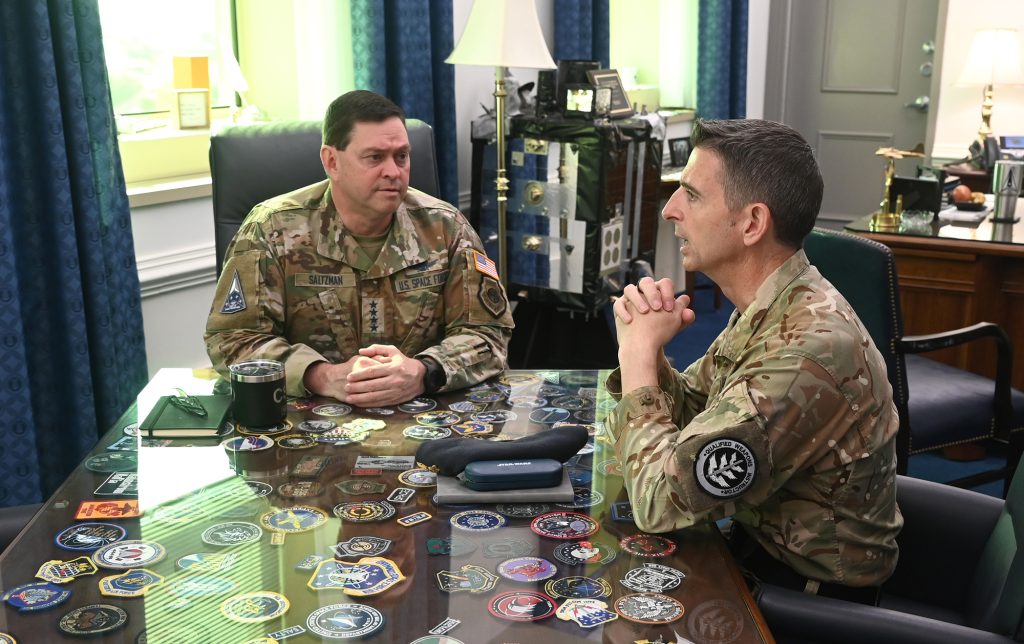
Classification remains a sticking point, though. Despite changes to Pentagon policy aimed at moving more Space Force programs out of the ultra-secret “Special Access Program” status, Saltzman said he is still “not happy” with the lack of progress.
Still, Godfrey said the service has made improvements in declassifying intelligence so that allies can understand the threats they face.
As Saltzman and Godfrey touted their international strategy, questions swirl over how allies will work with the U.S. in the future. European nations, in particular, have some of the most advanced space industries, but leaders have suggested they want to depend less on the U.S. for military capabilities.
Both Saltzman and Godfrey said such questions are overblown, at least when it comes to space.
“It’s my fifth year here,” Godfrey said. “It’s been business as usual in terms of the collaboration with the partners and allies this week. And I think the space domain is different to the other domains. So obviously, I was involved in this in my previous role, from a European industrial base perspective, the U.S. has been doing this national security space for the longest time. So have to work together. There’s almost a level of mentorship, I think, from the U.S. to a lot of the emerging space commands, space squadrons, however allies are putting their forces together.
“Because if we just cut ties, let Europe get on with it, then they’re going to have to spend significant amounts of money to potentially go down dead ends, developing the sort of capabilities that the U.S. has put together over decades,” he added.
